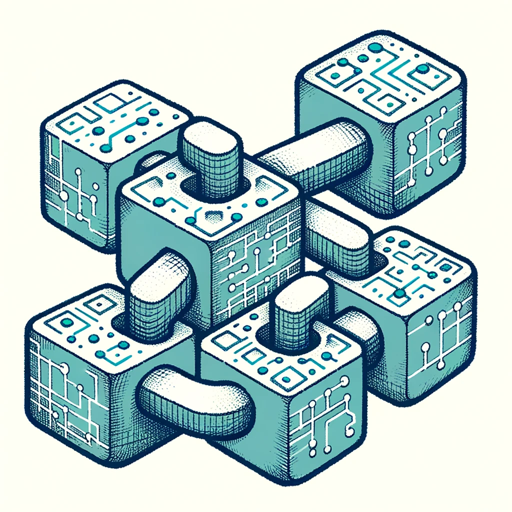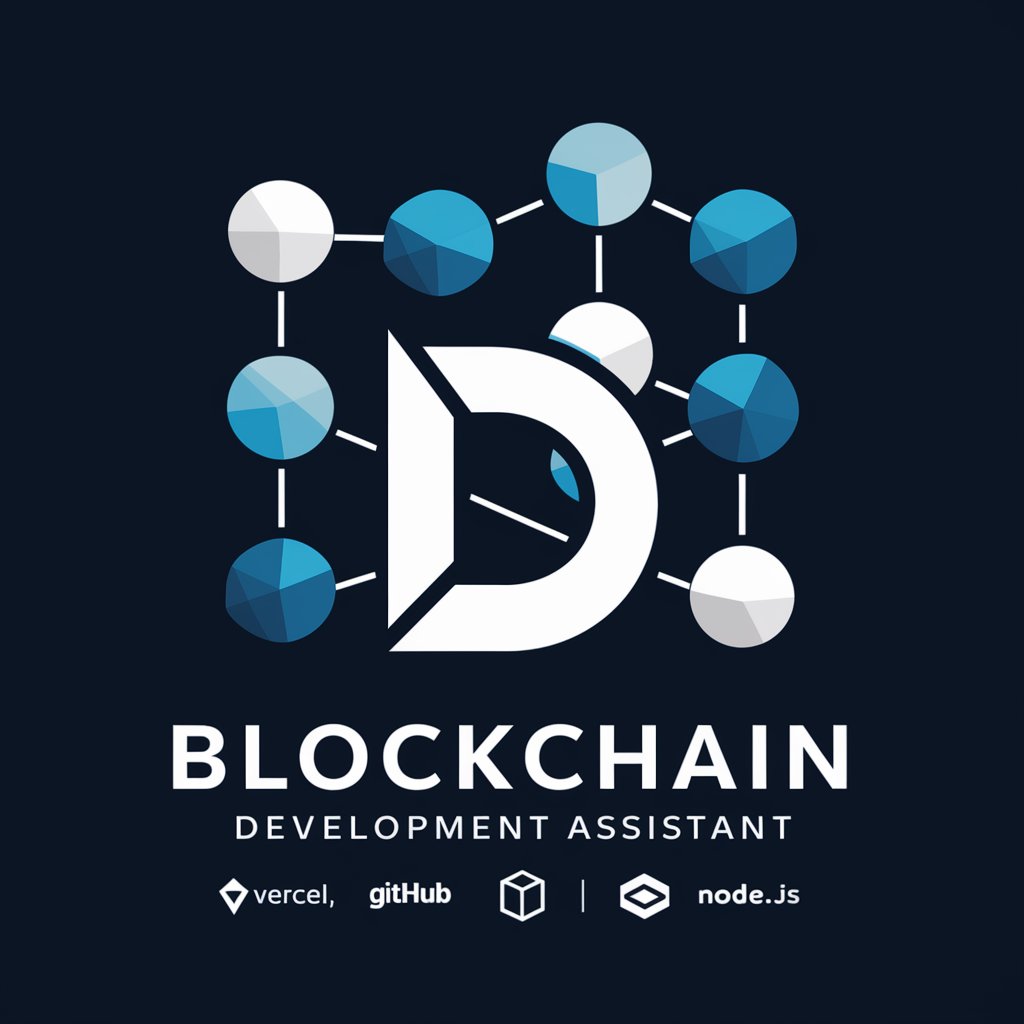
Javascript and Blockchain: Building Future dApps - Blockchain dApp Development
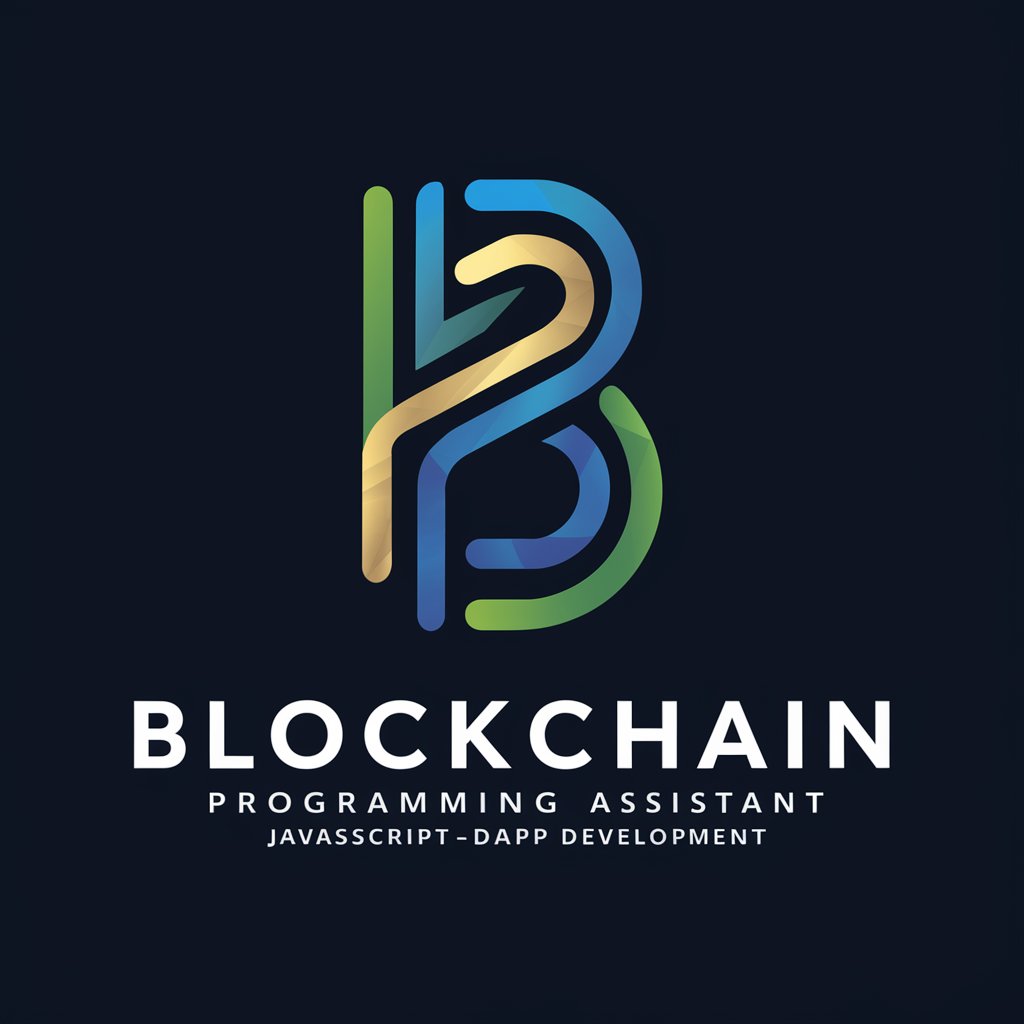
Hi, ready to build the next big dApp with JavaScript and blockchain?
Empowering the future with AI-driven blockchain applications.
How can I integrate JavaScript with my blockchain project?
What are the best practices for securing dApps?
Which JavaScript frameworks are optimal for blockchain development?
Can you guide me on deploying smart contracts using JavaScript?
Get Embed Code
Introduction to Javascript and Blockchain: Building Future dApps
The integration of JavaScript with blockchain technology has become a cornerstone for developing decentralized applications (dApps). This combination leverages JavaScript's versatility and the immutable, secure nature of blockchain to create applications that operate without central authority, offering transparency, security, and direct peer-to-peer interaction. Design purposes include creating a user-friendly interface for blockchain interactions, deploying smart contracts, and facilitating secure transactions. An example scenario is a dApp for a decentralized marketplace where users can buy and sell goods without a central authority, using smart contracts to ensure secure and transparent transactions. Powered by ChatGPT-4o。

Main Functions Offered by Javascript and Blockchain for dApps
Smart Contract Deployment
Example
Using JavaScript frameworks like Truffle or Hardhat, developers can write, test, and deploy smart contracts on Ethereum.
Scenario
In a crowdfunding platform dApp, smart contracts automate fund collection and distribution based on predefined rules, ensuring a transparent fundraising process.
User Interface Integration
Example
Leveraging libraries like Web3.js or Ethers.js, dApps can interact with blockchain from a web interface, allowing users to execute transactions and interact with smart contracts.
Scenario
A decentralized voting application where users can cast votes directly from a web interface, with votes recorded securely on the blockchain.
Transaction Security and Management
Example
Implementing security practices like wallet integration and transaction signing, ensuring users' transactions are secure and authenticated.
Scenario
In a digital identity verification dApp, users manage their identity data securely through blockchain, with each transaction requiring cryptographic validation.
Ideal Users of Javascript and Blockchain: Building Future dApps
Blockchain Developers
Developers looking to build secure, decentralized applications using JavaScript. They benefit from streamlined development processes, smart contract integration, and secure transaction management.
Startups and Entrepreneurs
Innovators aiming to disrupt traditional business models with decentralized solutions. They can leverage dApps to create transparent, efficient, and user-centric services.
Educational Institutions
Academic entities focusing on blockchain technology and its applications. Students and researchers can use these services for practical learning and developing innovative blockchain solutions.

Guidelines for Using JavaScript and Blockchain to Build Future dApps
Start with a Trial
Begin by visiting a platform offering blockchain services for a hassle-free trial, ensuring immediate access without the need for a subscription.
Understand Blockchain Basics
Familiarize yourself with blockchain concepts, smart contracts, and the Ethereum Virtual Machine (EVM), as these form the backbone of dApp development.
Learn JavaScript for Blockchain
Gain proficiency in JavaScript and libraries like Web3.js or Ethers.js, which are essential for interacting with blockchain networks.
Design Your dApp
Outline your dApp's functionality, user interface, and smart contracts. Consider user experience and how blockchain can enhance your application.
Deploy and Test
Deploy your smart contracts to a test network, and use JavaScript to build and test the frontend. Continuously iterate based on user feedback and security audits.
Try other advanced and practical GPTs
Pyramid Explorer
Unravel ancient mysteries with AI.

EmpathAI
Empathetic AI for Emotional Well-being

Coffee Master
Expert coffee knowledge at your fingertips.

Homework Machine
Empowering Education with AI

French Teacher GPT
Master French with AI-powered Guidance

Company Matchmaker
AI-powered career matchmaking

JavaScript for Blockchain: Smart Contract Maker
Empowering blockchain development with AI.
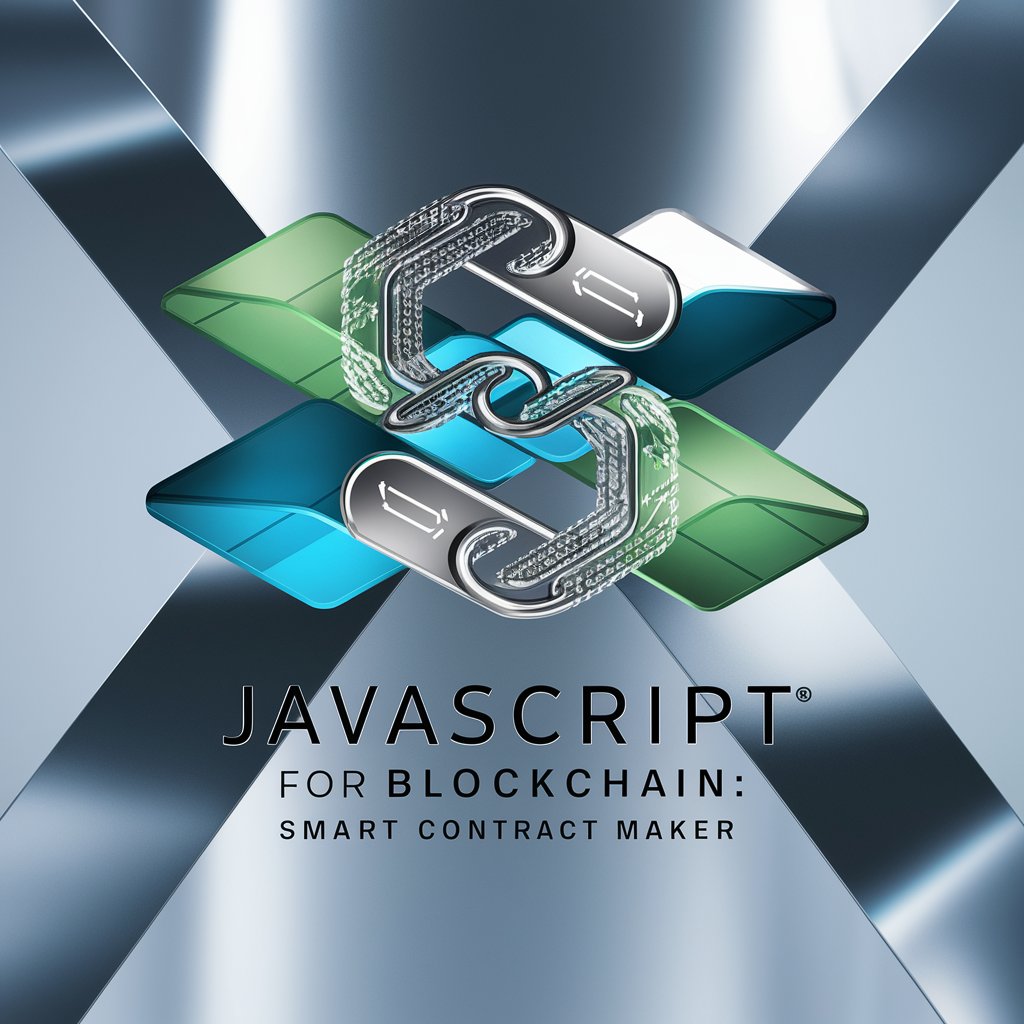
Book Title Wizard
Craft Your Story's Identity with AI

Ethical Explorer
Navigate ethics with AI-powered analysis.
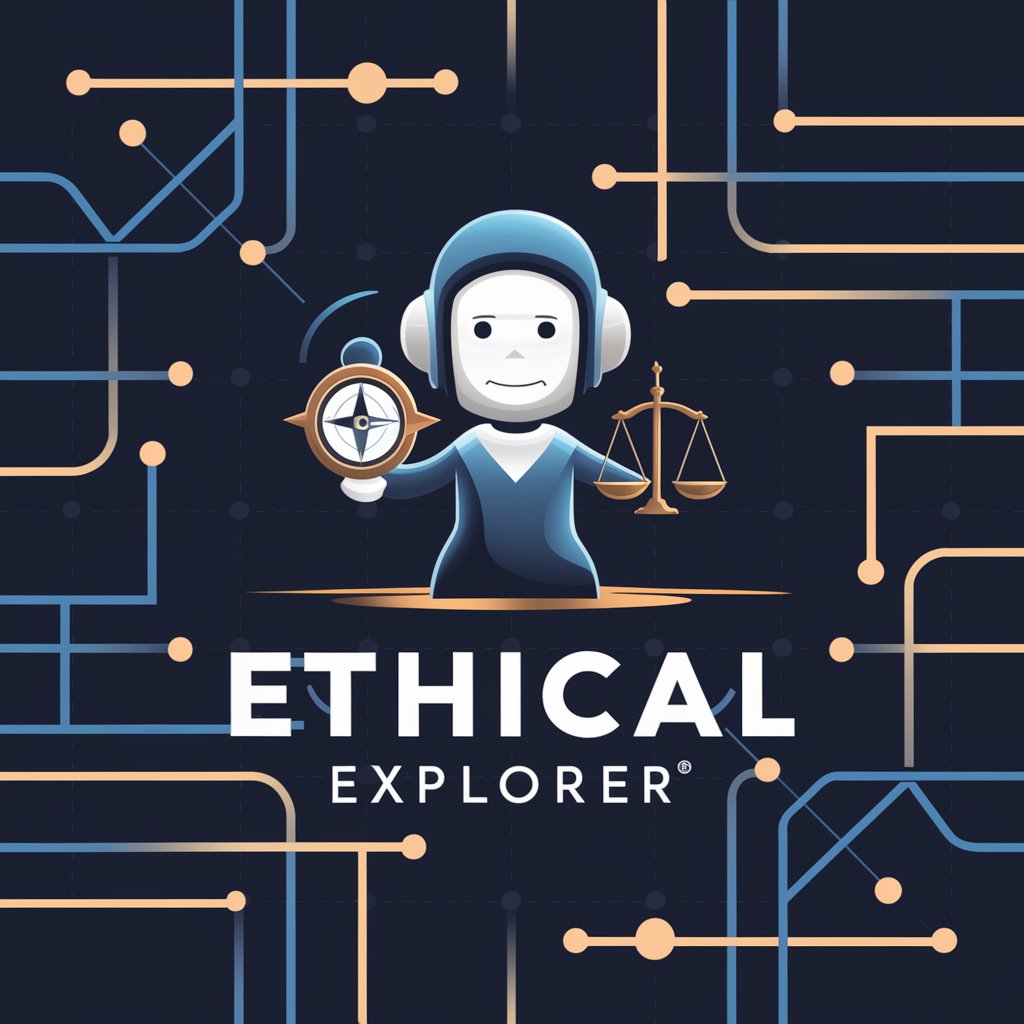
My Writing Companion vGPT
Empowering your words with AI

English Coach
AI-powered, personalized English coaching.

Unveiling Insights with C: Advanced Data Analysis
Empowering analysis with AI-driven C programming
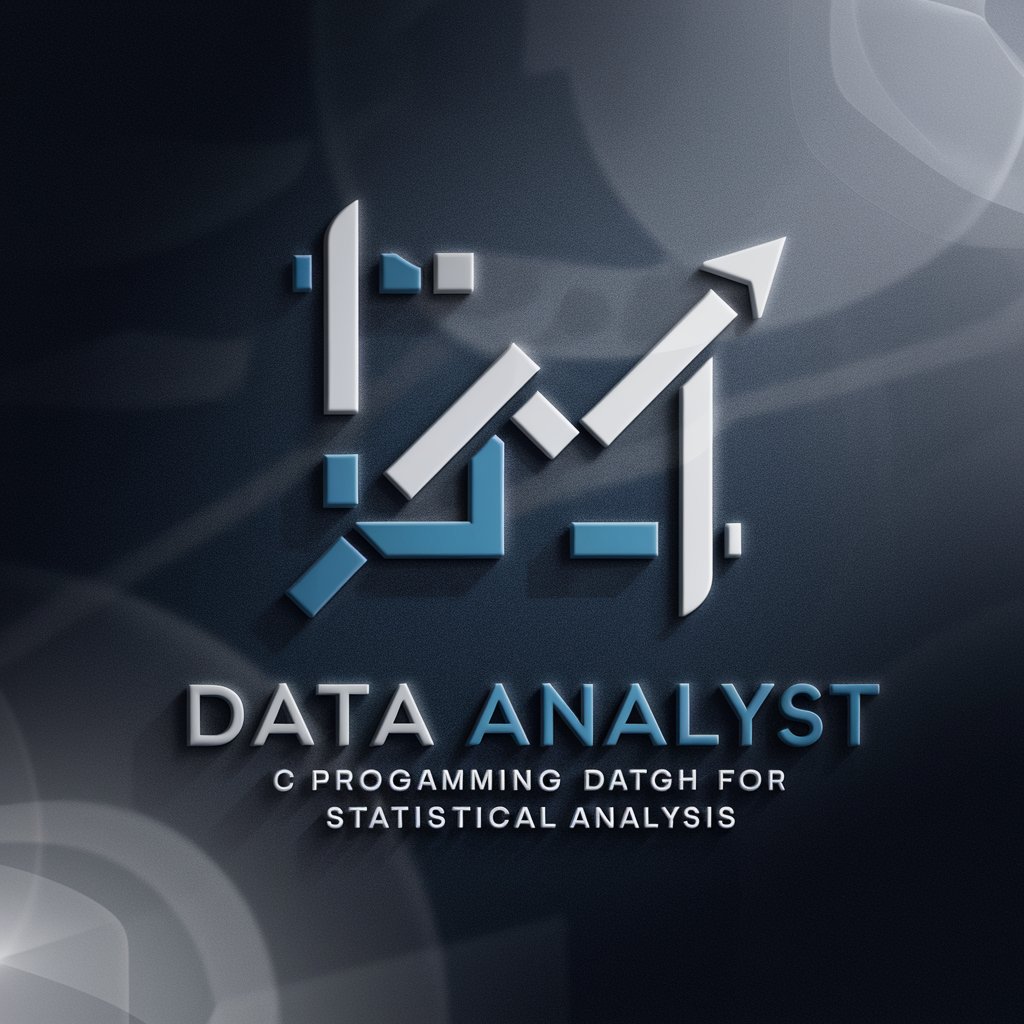
Frequently Asked Questions about JavaScript and Blockchain for Building dApps
What are the prerequisites for building dApps with JavaScript?
Understanding of JavaScript fundamentals, familiarity with blockchain technology, and knowledge of smart contract development are essential. Experience with libraries like Web3.js or Ethers.js is also beneficial.
How do Web3.js and Ethers.js differ?
Both libraries facilitate interaction with Ethereum blockchain. Web3.js is older and widely used, offering a rich set of features. Ethers.js is newer, with a focus on simplicity and tiny bundle size, often preferred for modern web applications.
Can I build dApps on blockchains other than Ethereum?
Yes, JavaScript libraries are available for interacting with various blockchains, such as Bitcoin (bitcoinjs-lib), EOS (eosjs), and others. Choose based on your blockchain's compatibility and project requirements.
What are smart contracts, and how do I write them?
Smart contracts are self-executing contracts with the terms directly written into code. They're deployed on the blockchain. Solidity is the primary language for Ethereum smart contracts, while other blockchains have their own languages.
How can I ensure the security of my dApp?
Security is paramount in dApp development. Regularly audit your smart contracts, adhere to best practices in smart contract development, use established libraries and frameworks, and consider security from the initial design phase.




